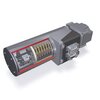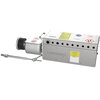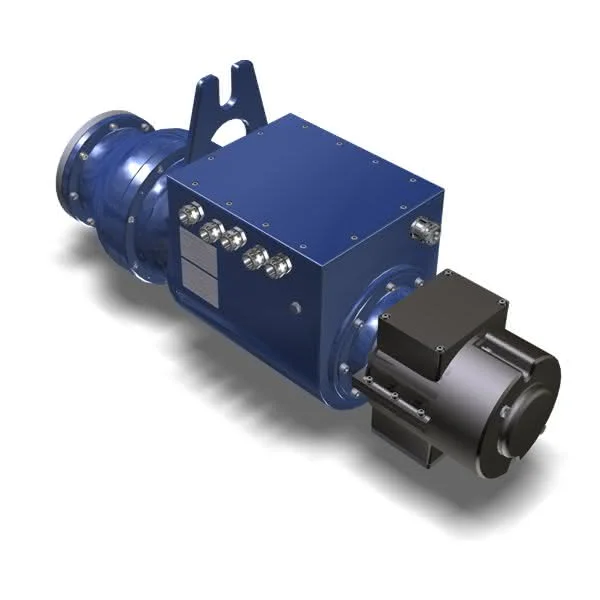
A solution at every stage of your signal and power transfer system
Unlock unparalleled performance with Mersen's signal and power transfer systems, designed to drive efficiency and reliability in every industry.
-
A precise and optimized signal and power transfer
In the complex world of industrial operations, production, electrical distribution, and renewable energy, the precision of signal and power transfer cannot be overstated. Mersen stands at the forefront of this technological area, offering highly optimized and precise solutions tailored to the specific challenges of each sector. By integrating state-of-the-art materials and advanced engineering techniques, Mersen ensures that every facet of signal and power transfer meets the rigorous demands of innovative industries and energy systems. This leadership is not just about providing solutions; it's about driving progress and reliability, making Mersen a trusted partner in signal transfer systems.
-
Improving efficiency and reducing maintenance downtimes with Mersen

Richard Thomson
Senior Plant Operations Manager of a renewables energy company
I've seen firsthand how Mersen's signal and power transfer systems have revolutionized our daily operations. Their solutions not only improved our efficiency but also significantly reduced our maintenance downtimes. Mersen isn’t just a supplier; they are a partner for long-time -
What are signal transfer and power transfer ?
Signal transfer
Signal transfer refers to the process of transmitting data in the form of electronic signals from one location to another. This can be through wired connections or wireless over various distances. The primary purpose of signal transfer is to convey information, which can be analog or digital. Analog signals are continuous waveforms that change over time, representing variations in physical phenomena such as sound or light. Digital signals, on the other hand, represent data as binary values (0s and 1s) and are integral to modern computing and telecommunications.
Power transfer
Power transfer involves the movement of electrical energy from a source, such as a power plant or battery, to a destination where it is used to perform work, such as powering machinery or charging devices. This process is fundamental to virtually all electrical systems and is carried out via conductive materials that allow the flow of electrons. Efficient power transfer systems are designed to minimize energy loss through resistance and maximize the safe and reliable delivery of power.
-
What is signal transfer for production and electrical distribution?
Signal transfer for production and electrical distribution refers to the critical process of transmitting operational data within and between industrial systems and power grids. This involves ensuring seamless communication between machines, sensors, and control units in manufacturing environments, as well as facilitating the management of electricity flow from power plants to consumers in electrical networks. Effective signal transfer enhances operational efficiency, supports real-time monitoring and control, and helps maintain system integrity under varying load conditions. This is essential for optimizing production processes, ensuring electrical grid stability, and minimizing downtime due to system failures or maintenance.
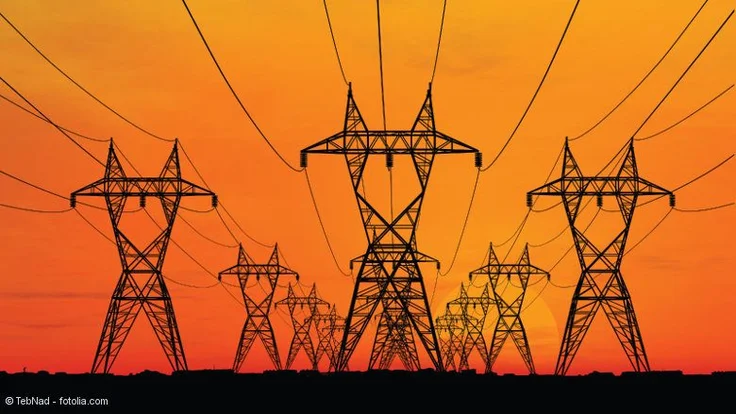
-
What is signal transfer for wind energy?
Signal transfer for wind energy involves the communication processes essential for the operation and management of wind turbines and wind farms. This includes the transmission of data from various sensors on the turbine to the control systems that monitor and adjust turbine operations based on environmental conditions. Key information such as wind speed, turbine rotation speed, temperature, and mechanical stress are continuously relayed to ensure optimal alignment with wind conditions, maximizing energy production and maintaining safety. Efficient signal transfer in wind energy systems is crucial for real-time monitoring, predictive maintenance, and overall operational efficiency, helping to streamline energy output and reduce potential downtimes.
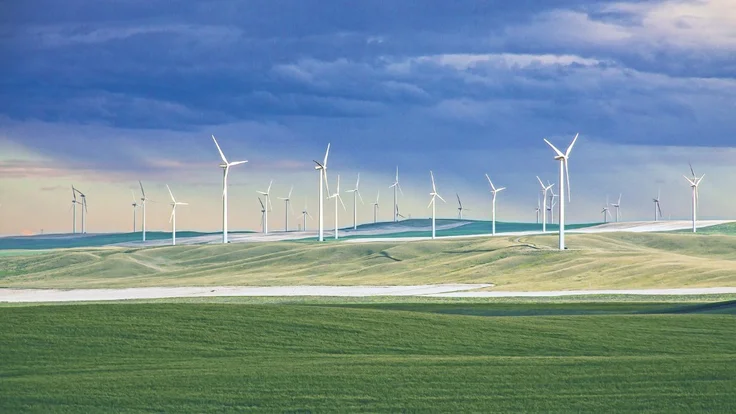
-
Mersen signal and power transfer systems technologies
-
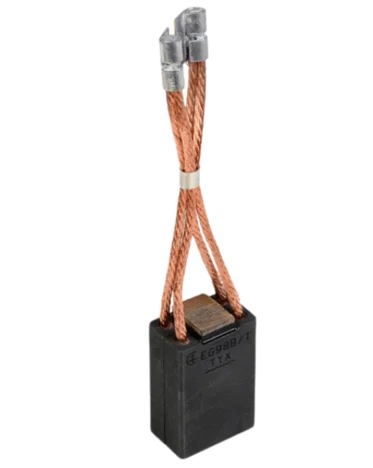
Carbon brushes systems
Durability and electrical conductivity
Mersen's carbon brush systems utilize high-quality carbon grades developed and produced in-house, leveraging over 130 years of engineering expertise. These systems are designed for robust performance and longevity, with low wear rates that minimize maintenance needs and enhance the reliability of power and signal transfer. Carbon brushes are particularly valued in environments where durability and electrical conductivity are paramount.
-
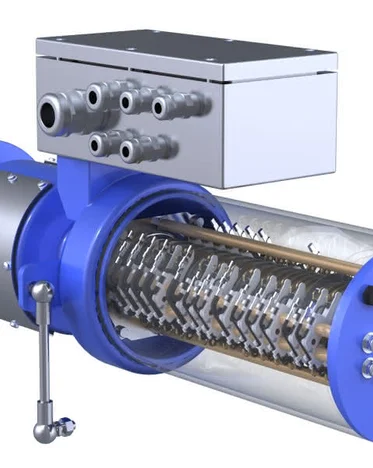
Wire contact systems
Conductivity and minimal wear
Wire contact systems provide a traditional method of conducting electricity and signals between stationary and rotating parts of machinery. Mersen’s wire contact technologies are engineered for maximum conductivity and minimal wear, ensuring a reliable connection and long service life for critical applications in industrial and power generation settings.
-
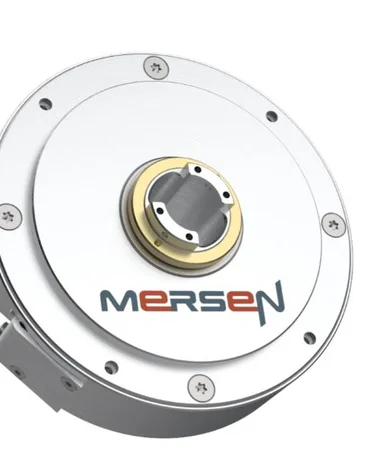
Capacitive systems
Minimal maintenance and high reliability
Mersen’s capacitive systems offer a contactless solution to signal and power transfer, ideal for applications where minimal maintenance and high reliability are required. These systems use the electric field for the signal transfer, which can be crucial in reducing mechanical wear and enhancing the system’s lifespan. Capacitive systems are especially suited for environments where mechanical contact is undesirable or could lead to operational issues.
-
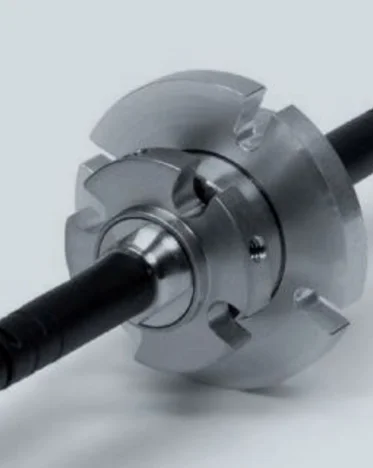
Fiber optic systems
High bandwith and signal integrity
Fiber optic systems represent the cutting edge of signal transfer technology, capable of transmitting data at high speeds over long distances. Mersen integrates fiber optic technology to provide solutions that require high bandwidth and utmost signal integrity. These systems ensure rapid, reliable transfer of large volumes of data and are critical in specific infrastructures.
-
-
What is the best material for signal and power transfer?
Choosing the right material for signal transfer systems is important for optimizing performance, durability, and efficiency.
Copper, brass and bronze, bronze alloys slip rings in signal transfer for wind energy
Slip rings must withstand harsh environmental conditions while maintaining effective electrical conductivity and mechanical durability. Steel slip rings are valued for their strength and resistance to physical wear, which is crucial in outdoor wind turbine installations where physical stresses are high. Copper is predominantly used for its excellent electrical conductivity, making it ideal for transferring electrical signals and power efficiently. Bronze and bronze alloys, often used in bearings and slip rings, offer superior contact advantages.They are corrosion-resistant and allow reliability over long periods of time. Brass is used for a wide range of standard applications.
Carbon in signal transfer for production and electrical distribution
Carbon materials are extensively used by Mersen for signal transfer in production facilities and electrical distribution systems. Carbon brushes are selected for their ability to provide reliable electrical conduction while also accommodating the intermittent contact inherent in many industrial applications. Carbon's properties allow for minimal spark production and lower levels of electromagnetic interference, which are crucial in environments where precision and safety are paramount. Moreover, carbon systems can be engineered to possess low wear rates, enhancing the durability and reducing the frequency of replacements or maintenance interventions.
-
What are the stages of signal transfer?
Signal transfer involves specific processes and technologies that ensure effective communication and power transfer between stationary and moving parts in electrical systems.
The signal generation in signal transfer
The signal in signal transfer originates from a static source, such as a control system, sensor, or data acquisition device. This signal can be in various forms, including electrical signals, optical signals, or mechanical signals.
The signal conditioning in signal transfer
In some cases, the signal may require conditioning to adapt it to the specific requirements of the signal transfer system. This could involve amplification, filtering, or conversion between different signal formats.
The signal transmission in signal transfer
The conditioned signal is then transferred from the static source to the rotating part using the chosen signal transfer technology. This is where Mersen's expertise comes into play, as they provide various options to suit different applications: carbon brush systems, wire contact systems, capacitive systems and fiber optics systems.
The signal reception in signal transfer
The signal is then received on the rotating part, where it can be used to control motors, gather data from sensors, or transmit information back to the static side.
The signal processing in signal transfer
The received signal may undergo further processing, such as amplification, filtering, or conversion, depending on the specific application.
The signal output in signal transfer
The processed signal is then transmitted back to the static side, where it can be used for monitoring, control, or data acquisition purposes.
-
Why choose Mersen for your signal transfer equipment?
Selecting Mersen for your signal transfer equipment aligns you with a company renowned for its deep-rooted history, extensive global presence, innovative research and development, and customized solutions tailored to meet specific industry needs.
130 years of expertise on specific applications including signal transfer
Mersen brings expertise to its products and solutions, boasting 130 years of experience in developing technologies for electrical power and advanced materials. This extensive background ensures that Mersen’s offerings are not only based on time-tested knowledge but are also at the forefront of technological advancements in signal transfer.
Wide range of transfer equipment solutions
Mersen’s portfolio encompasses a wide array of signal transfer solutions, designed to cater to diverse applications, from heavy industrial machinery to sophisticated power systems. Whether it’s carbon brushes, slip ring assemblies, or advanced capacitive and fiber optic systems, Mersen provides comprehensive solutions that integrate seamlessly into existing infrastructures, enhancing operational efficiency and reliability.
18 R&D global centers
Innovation is at the core of Mersen’s strategy, supported by 18 research and development centers worldwide. These centers are hubs of innovation where engineers and technicians work to advance current technologies and forge innovative solutions that push the boundaries of what's possible in signal and power transfer. This global R&D network not only fosters innovation but also ensures that Mersen stays ahead of industry trends and meets the evolving demands of its customers.
Customized solutions on several markets
Understanding that each market has its unique challenges and requirements, Mersen emphasizes the development of customized solutions tailored to specific client needs. Whether it's adapting existing products or optimizing new designs, Mersen’s approach is consultative and collaborative. By working closely with clients from industries such as renewable energy, transportation, or electronics, Mersen ensures that its solutions are not only effective but also aligned with the specific operational goals and regulatory environments of each market.
-
Contact
Need more on signal and power transfer solutions?
